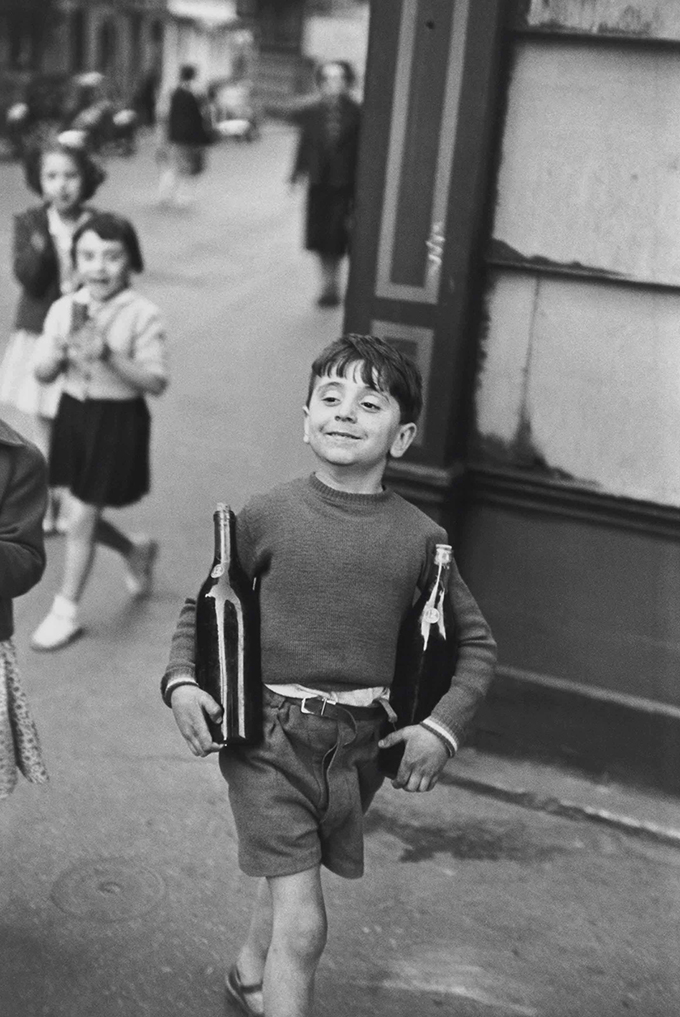Henri Cartier-Bresson:A Decisive Collection
25.02 – 26.03.2015
Closed
Hours
Monday to Saturday
10:00 am – 5:30 pm
Gallery
3–5 Swallow St
London
W1B 4DE
Born in 1908, Henri Cartier-Bresson was one of the most important photographers of the twentieth century. Best known for using a lightweight Leica camera to develop the concept of ‘the Decisive Moment’, Cartier-Bresson transformed photojournalism into an artform that balanced powerful subject matter with perfectly timed, elegant composition.
Our exhibition is centred around a private collection of prints, curated according to the particular tastes and interests of the collector. As a result, the exhibition contains a fascinating balance of images, some of which are well-known and some of which are virtually unseen. In particular, the collection boasts several unusual sets of photographs including: Paris (particularly during the 1968 student protests); the USSR during the early 1970s; and celebrity portraiture an often overlooked element of Cartier-Bresson’s oeuvre. The exhibition features portraits of sitters including Francis Bacon, Albert Camus, Coco Chanel, Henri Matisse, Pablo Picasso, Jean-Paul Sartre, Igor Stravinsky and other important cultural figures.
Highlights
4
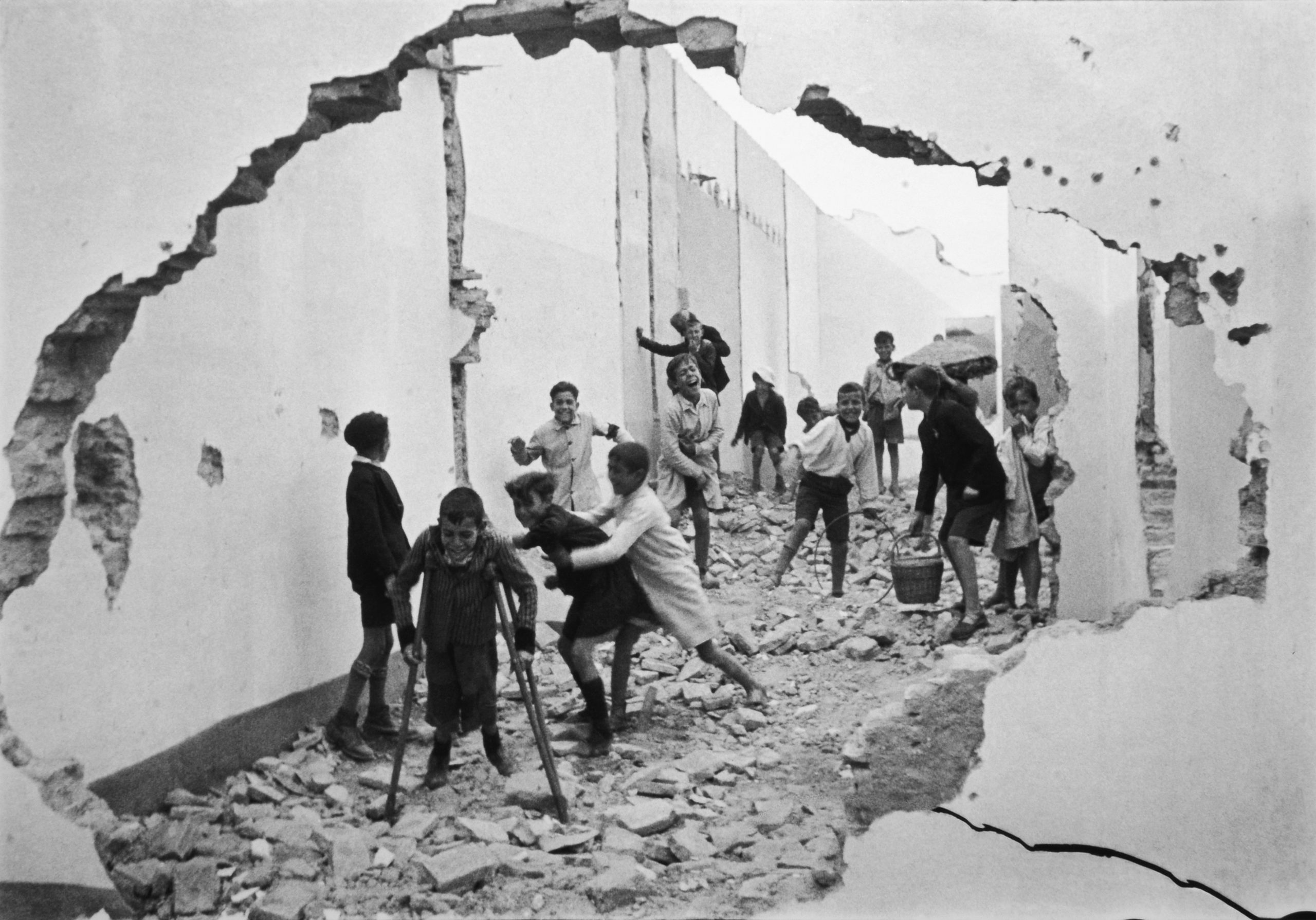
Seville, Spain 1933
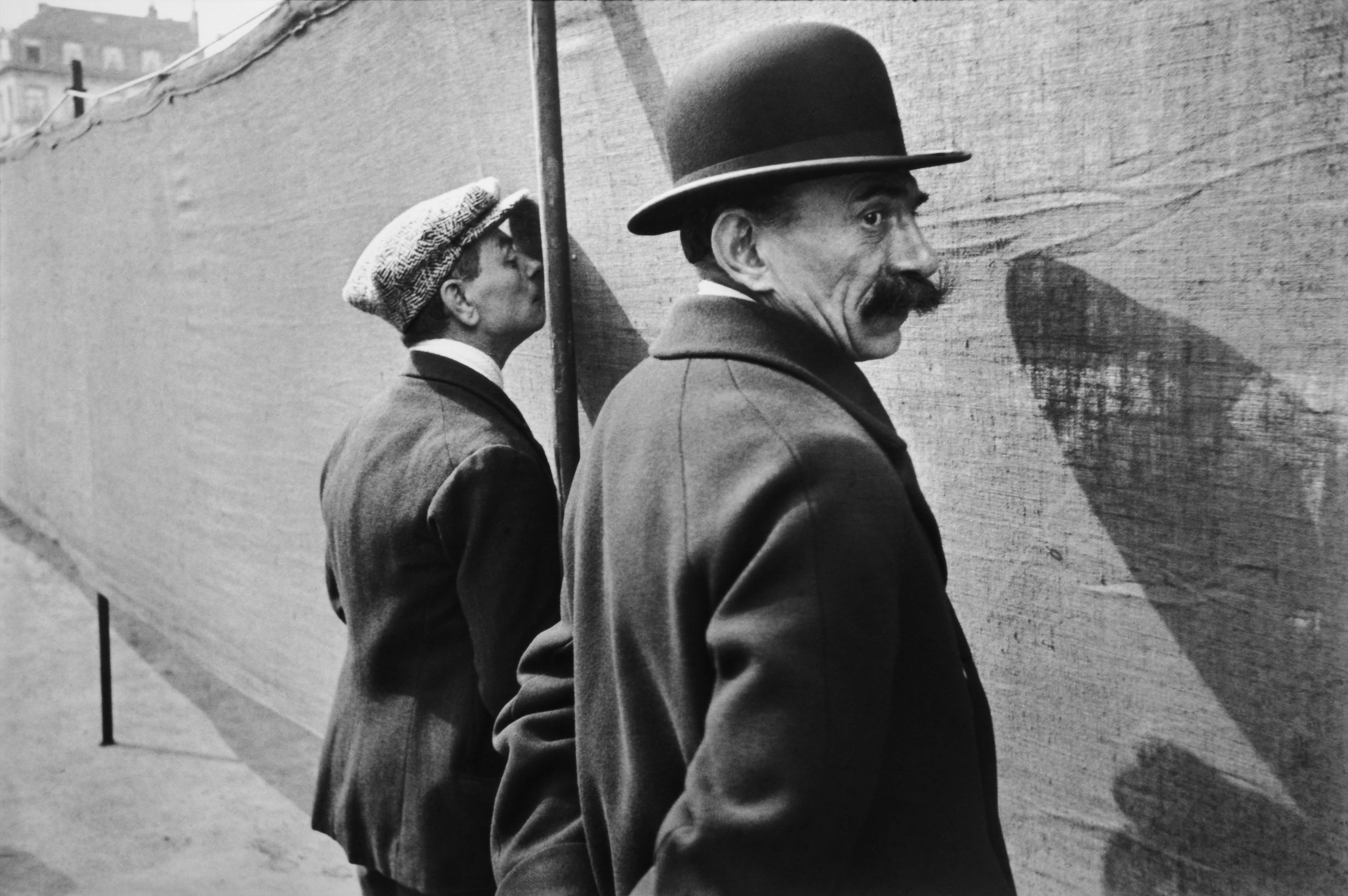
Brussels, Belgium, 1932
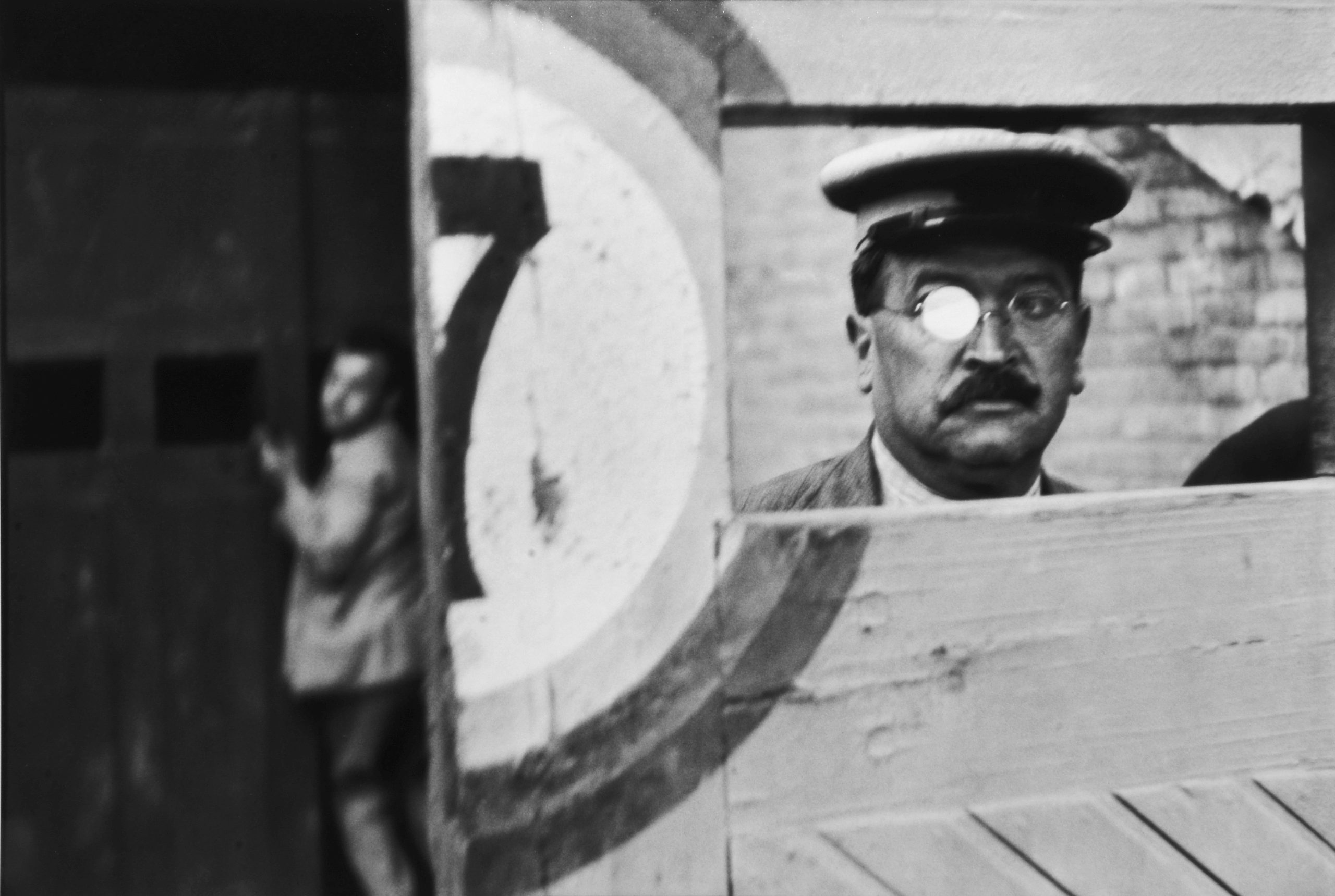
Valencia, Spain, 1933
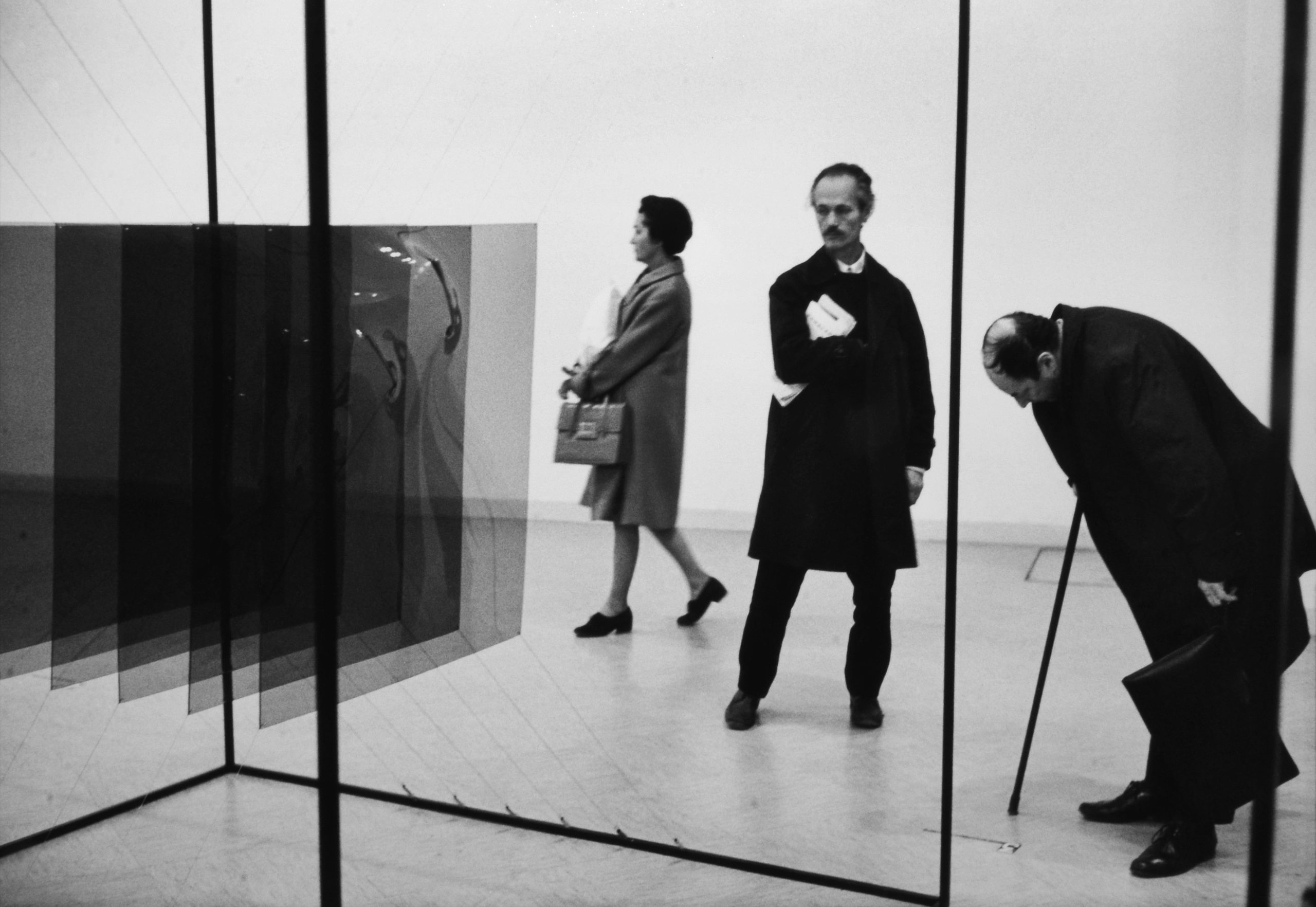
Piotr Kowalsky Exhibition, Musee D’art Moderne De La Ville De Paris, Paris, 1969
B. France1908-2004
Biography
Henri Cartier-Bresson (1908-2004), brought a new aesthetic and practice to photography, initiated modern photojournalism, and influenced generations of followers. Striving for a perfect balance of content and formal composition in all his work, he lived and worked by his mantra of ‘the decisive moment’ which he defined as ‘the simultaneous recognition in a fraction of a second of the significance of an event as well as of the precise organisation of forms.’ For Cartier-Bresson, the photograph had to contain significant content that was arranged into rigorous composition.
In 1947 Cartier-Bresson co-founded Magnum Photos Robert Capa, David Seymour, and George Rodger. In 2003, with his wife and daughter, he created the Fondation Henri Cartier-Bresson in Paris for the preservation of his work. He published over thirty publications during his lifetime and was awarded the Prix de la Société Française de Photographic (1959), the Deutsche Gesellsschaft für Photographie (1975) and the Grand Prix National de la Photographie (1981).
His work has been exhibited at the Museum of Modern Art, New York, the Institute of Contemporary Art, London, The Art Institute of Chicago, International Center for Photography, New York, The National Gallery of Modern Art, New Delhi, Hayward Gallery, London, Louisiana Museum, Copenhagen, National Portrait Gallery, London and Scottish National Gallery Edinburgh. His work is held in numerous international collections including Bibliothèque Nationale de France, Paris, University of Fine Arts, Osaka, Victoria & Albert Museum, London, The Museum of Modern Art, New York, The Art Institute of Chicacago, The Getty Museum, Los Angeles, International Center of Photography, New York, The Philadelphia Art Institute, The Museum of Fine Arts, Houston and Museum of Modern Art, Tel Aviv.
